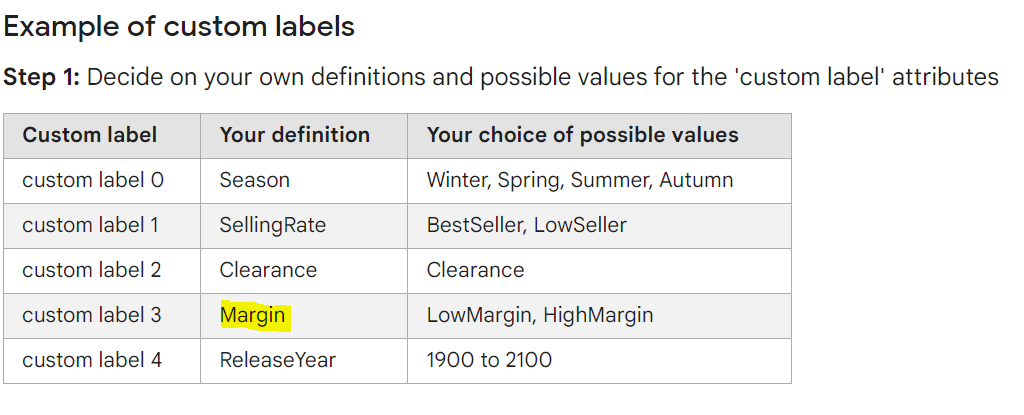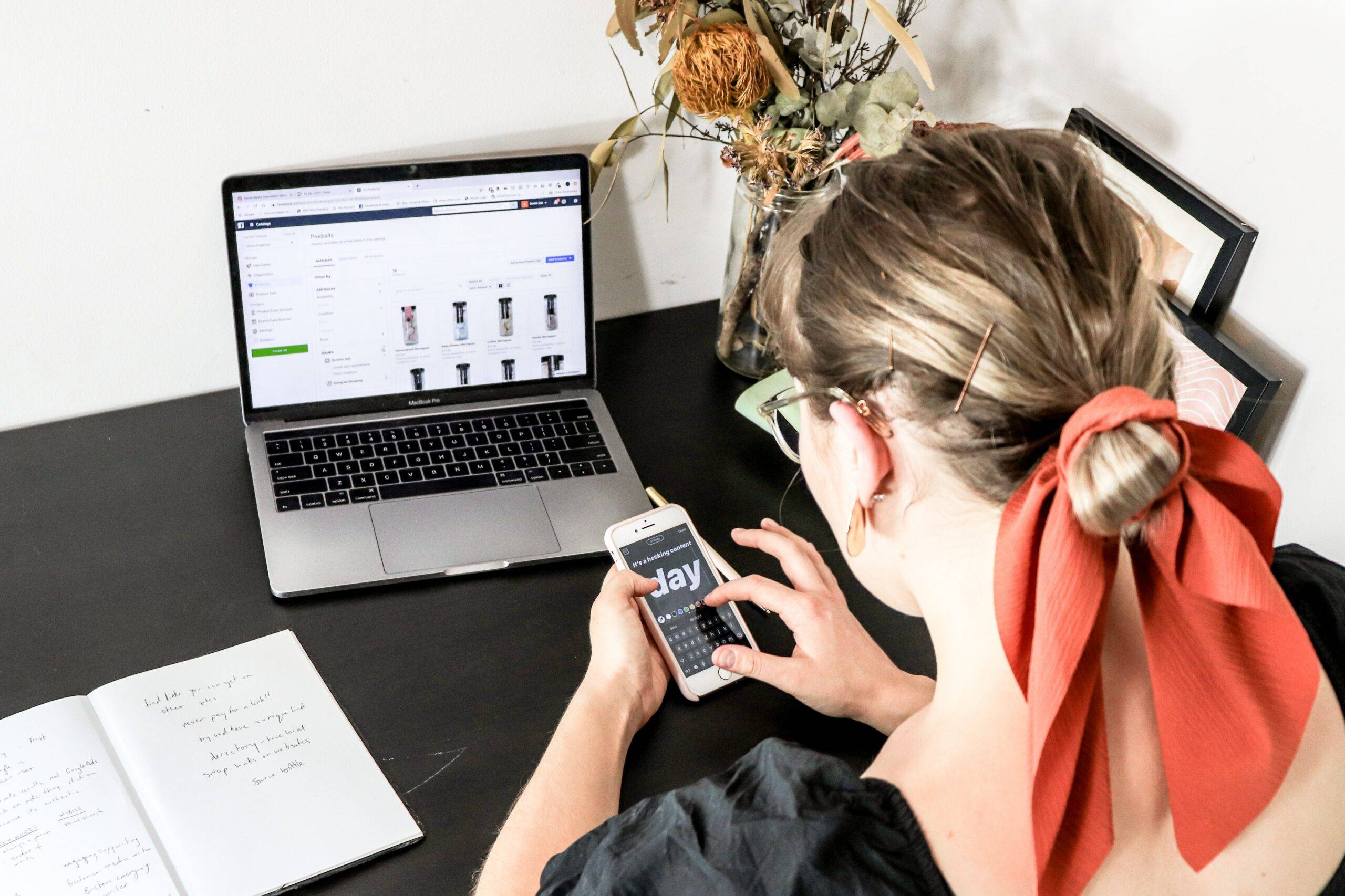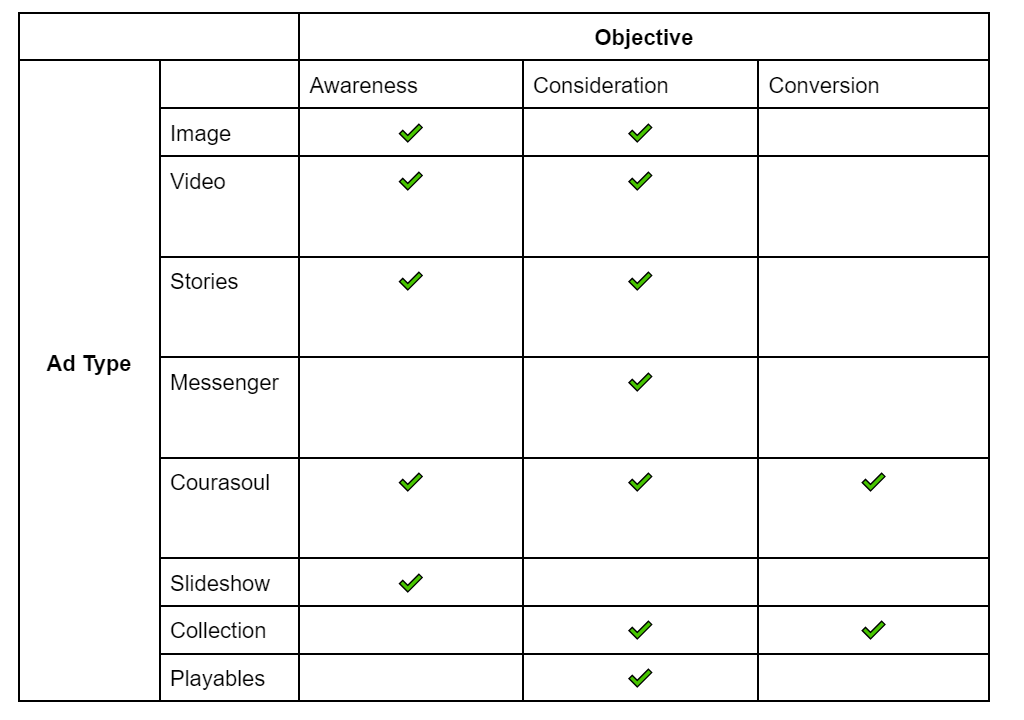Comparison Shopping Services (CSS) have been around for a while now, allowing ecommerce retailers to showcase ads on Google Shopping. This came about in 2017 when Google was hit with a record fine of 2.42€ for promoting its own shopping comparison service within the SERPS. Off the back of this ruling, Google decided to allow other companies to promote products via their own comparison shopping services to compete alongside Google.
What are the benefits of a CSS provider?
The main benefits of choosing a CSS provider is the financial discount that you, as an advertiser, can gain. A CSS provider receives a 20% discount in CPC in order to compete against Google’s own service. An advertiser can expect to see this discount directly in their ad’s accounts, through a reduction in CPC that is needed to match the position of a listing from Google. For example, if a product using Google’s CSS costs £1.00 per click then a competitor CSS provider could expect to see the same impression share for just £0.80. This can have a huge impact if media spend is high & these discounts start to add up.
CSS providers are only available for products being sold in the following countries:
- Austria
- Netherlands
- Belgium
- Norway
- Czech Republic
- Poland
- Denmark
- Portugal
- Finland
- Romania
- France
- Slovakia
- Germany
- Spain
- Greece
- Sweden
- Hungary
- Switzerland
- Ireland
- United Kingdom
- Italy
What do I need to do?
In order to get set up with a CSS provider, you just need to make sure that you have a Merchant Centre account set up that only includes the allowed countries as above. This can then be switched over to the CSS provider & their implementation team should be able to take the reins from there. After this process, you should be good to go with your campaigns in Google Ads.
How do I know which CSS provider to pick?
There are multiple CSS providers that you can choose offering a range of different benefits, from experience and service models to their own way of billing. The main thing to think about is what you want to get from the CSS provider; if it is solely to manage the shopping ads & get a discount then the primary factors to consider are:
- The name of the CSS provider – this will appear alongside your ads so there will be a semblance of association between the two brands
- The billing strategy of the provider – some providers have a monthly subscription fee, some use a percentage of spend, and some base it on CPA so only charge when you actually make a sale.
As online retail continues to grow there’s never been a better time to make savings in such a competitive market. Making the change now means that even the smallest of savings can start building up & be reapportioned into ad spend, thus increasing growth opportunities & market share. If you’re interested in making the jump, Google has provided a tool to get you started which shows all of the available CSS providers & their specialisms to help you pick the right one for your business.

![[blog]_[What Is A CSS Provider And Do I Need One?]_[Blog Picture]](https://cedarwood.digital/wp-content/uploads/2022/12/wpimage-id13321width562pxheightautosizeSluglargelinkDestinationnone-figure-classwp-block-image-size-large-is-resizedimg-srchttpscedarwood.digitalwp-contentuploads202507Image-1-1024x-37-900x506.png)
![[blog]_[Combining Supplemental Feeds and Scripts for Better Performing Campaigns]_[Blog Picture]](https://cedarwood.digital/wp-content/uploads/2022/12/wpimage-id13321width562pxheightautosizeSluglargelinkDestinationnone-figure-classwp-block-image-size-large-is-resizedimg-srchttpscedarwood.digitalwp-contentuploads202507Image-1-1024x-38-900x506.png)
![[blog]_[Custom Labels - the most underrated Google Ads tool?]_[Blog Picture]](https://cedarwood.digital/wp-content/uploads/2022/12/wpimage-id13321width562pxheightautosizeSluglargelinkDestinationnone-figure-classwp-block-image-size-large-is-resizedimg-srchttpscedarwood.digitalwp-contentuploads202507Image-1-1024x-39-900x506.png)

![[blog]_[Apps Or No Apps? Do They Work For Display Advertising?]_[Blog Picture]](https://cedarwood.digital/wp-content/uploads/2022/10/wpimage-id13321width562pxheightautosizeSluglargelinkDestinationnone-figure-classwp-block-image-size-large-is-resizedimg-srchttpscedarwood.digitalwp-contentuploads202507Image-1-1024x-40-900x506.png)

![[blog]_[iOS 14.5 and the Effects on Meta Advertising.]_[Blog Picture]](https://cedarwood.digital/wp-content/uploads/2022/10/wpimage-id13321width562pxheightautosizeSluglargelinkDestinationnone-figure-classwp-block-image-size-large-is-resizedimg-srchttpscedarwood.digitalwp-contentuploads202507Image-1-1024x-41-900x506.png)
![[blog]_[Finding The Right Facebook Ad Type For Your Campaign]_[Blog Picture]](https://cedarwood.digital/wp-content/uploads/2022/10/wpimage-id13321width562pxheightautosizeSluglargelinkDestinationnone-figure-classwp-block-image-size-large-is-resizedimg-srchttpscedarwood.digitalwp-contentuploads202507Image-1-1024x-43-900x506.png)


![[blog]_[Life After Expanded Text Ads]_[Blog Picture]](https://cedarwood.digital/wp-content/uploads/2022/09/wpimage-id13321width562pxheightautosizeSluglargelinkDestinationnone-figure-classwp-block-image-size-large-is-resizedimg-srchttpscedarwood.digitalwp-contentuploads202507Image-1-1024x-44-900x506.png)
![[blog]_[ Performance Max - Everything You Need To Know]_[Blog Picture]](https://cedarwood.digital/wp-content/uploads/2022/05/wpimage-id13321width562pxheightautosizeSluglargelinkDestinationnone-figure-classwp-block-image-size-large-is-resizedimg-srchttpscedarwood.digitalwp-contentuploads202507Image-1-1024x-48-900x506.png)
![[blog]_[Performance Max – Everything You Need To Know]_[blog picture] [blog]_[Performance Max - Everything You Need To Know]_[blog picture]](https://cedarwood.digital/wp-content/uploads/elementor/thumbs/Across_Google_channels.max-1000x1000-1-pozoucsi96kolgyvqg80trai0ncoouoexunwd998s8.png)

![[blog]_[How to use dynamic features in Google Ads]_[Blog Picture]](https://cedarwood.digital/wp-content/uploads/2021/08/wpimage-id13321width562pxheightautosizeSluglargelinkDestinationnone-figure-classwp-block-image-size-large-is-resizedimg-srchttpscedarwood.digitalwp-contentuploads202507Image-1-1024x-51-900x506.png)
![[blog]_[How to spend less time optimising and more time strategising with Scripts]_[Blog Picture]](https://cedarwood.digital/wp-content/uploads/2021/06/wpimage-id13321width562pxheightautosizeSluglargelinkDestinationnone-figure-classwp-block-image-size-large-is-resizedimg-srchttpscedarwood.digitalwp-contentuploads202507Image-1-1024x-52-900x506.png)

![[blog]_[ 5 simple lead generation ideas ]_[Blog Pictures]](https://cedarwood.digital/wp-content/uploads/2020/11/Untitled-design-14-900x506.png)
![[blog]_[LinkedIn Ads - Are They For You?]_[Blog Picture]](https://cedarwood.digital/wp-content/uploads/2020/06/wpimage-id13321width562pxheightautosizeSluglargelinkDestinationnone-figure-classwp-block-image-size-large-is-resizedimg-srchttpscedarwood.digitalwp-contentuploads202507Image-1-1024x-53-900x506.png)